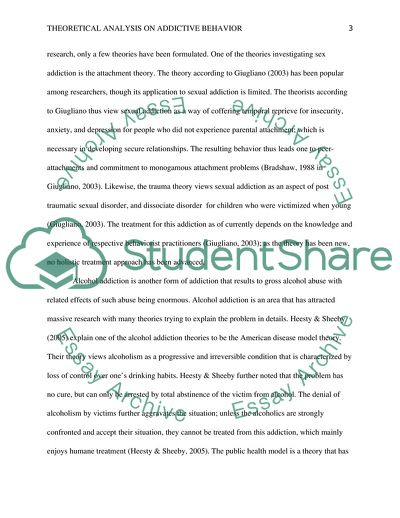Cite this document
(Theoretical Analysis of Addictive Behavior Literature review Example | Topics and Well Written Essays - 1500 words, n.d.)
Theoretical Analysis of Addictive Behavior Literature review Example | Topics and Well Written Essays - 1500 words. https://studentshare.org/psychology/1786621-theoretical-analysis
Theoretical Analysis of Addictive Behavior Literature review Example | Topics and Well Written Essays - 1500 words. https://studentshare.org/psychology/1786621-theoretical-analysis
(Theoretical Analysis of Addictive Behavior Literature Review Example | Topics and Well Written Essays - 1500 Words)
Theoretical Analysis of Addictive Behavior Literature Review Example | Topics and Well Written Essays - 1500 Words. https://studentshare.org/psychology/1786621-theoretical-analysis.
Theoretical Analysis of Addictive Behavior Literature Review Example | Topics and Well Written Essays - 1500 Words. https://studentshare.org/psychology/1786621-theoretical-analysis.
“Theoretical Analysis of Addictive Behavior Literature Review Example | Topics and Well Written Essays - 1500 Words”. https://studentshare.org/psychology/1786621-theoretical-analysis.


